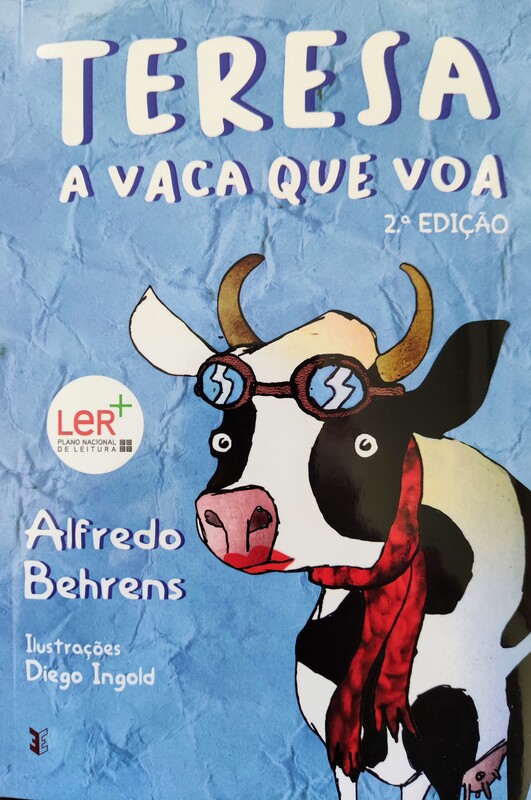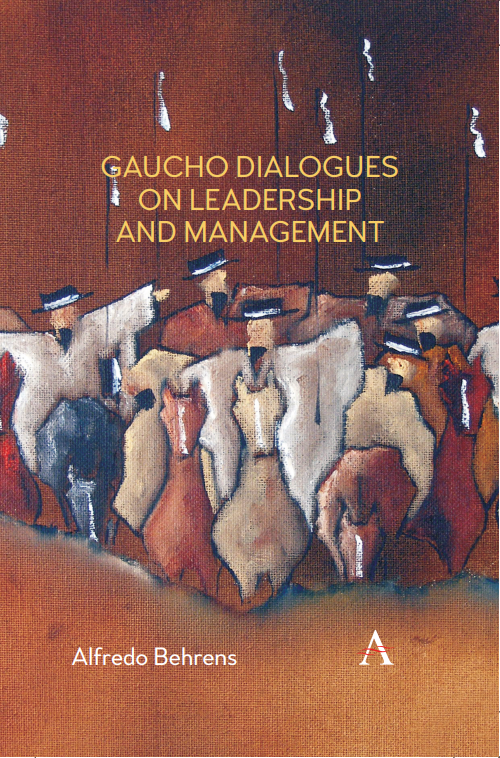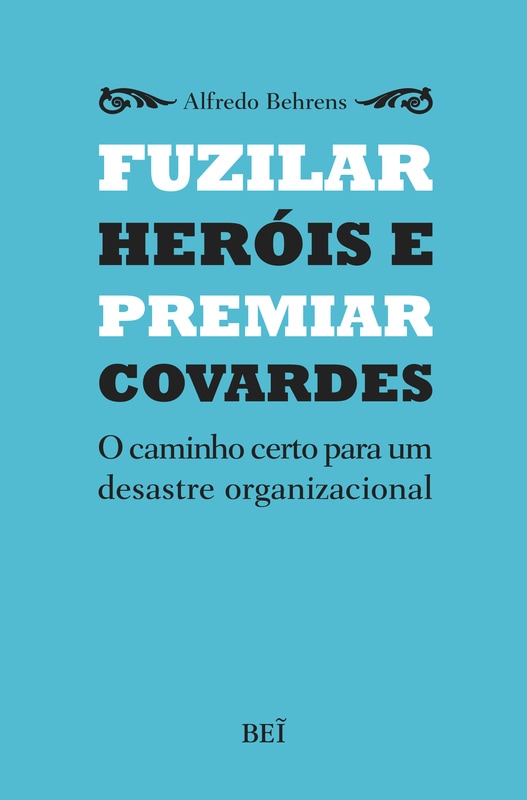Stanford University Press"Bravo to Behrens for successfully tackling an enormous topic and writing an interesting and provocative book. ... The book reflects its Latin American roots and illustrates Behren’s point about cultural differences. His multidisciplinary approach is a reminder that Latin American business people are generally more broadly educated and may find US business people too narrow in their interests.... Even if readers do not accept every argument or agree with his basic premise, Behren’s work is thought-provoking and provides a window into the worldview and thinking of an erudite Brazilian scholar."
From the review by A. Osland and J. Osland in Organization Studies 32(3) 451–454 DOI: 10.1177/0170840611400272 |
Anthem PressThis book was tops with the ILBA as Best Latino Management Book, 2018. Militia leaders, as business leaders, provide the “vision thing,” seek high performance, and secure logistics, as any successful business organization wishes to do; except that in militia-like organizations people are recruited more for affinity than for dexterity. Affinities, like those bindiILBA ng clans, nurture loyalty and foster higher pursuits differently from organizations composed of autonomous self-gratifying individuals with calendar-based performance appraisals. When people more fitting to militia-like organizations are managed in the predominant North American style, they respond with lifeless foot-dragging, as the author suggests prevails at subsidiaries of multinationals in developing countries. Those subsidiaries the author calls saladeros in a direct reference to beef-jerking companies, where in the process of salting beef workers salted themselves out of life.
|
Editora BeiDa entrevista pelo Nelson Blecher:
"A cultura administrativa e de liderança que prevalece no país hoje não está em sintonia com a dos brasileiros e latinos. Foi importada dos EUA. Como era antes? Fui investigar as insurreições populares do século XIX na América Latina. As colunas ou milícias tinham um líder que comunicava a visão, avaliava o desempenho, punia ou promovia e assegurava a logística. São funções típicas de uma organização empresarial. Havia laços de lealdade entre os milicianos, recrutados geograficamente. Esses laços se forjam no convívio, sinalizam em quem confiar e até que ponto. Isso galvaniza as equipes, tornando-as coesas e eficazes." Porém, a gestão americana ensinada, recruta por talentos, juntando pessoas que desconfiam umas das outras; também promove a competição dentro das equipes, desagregando elas; por fim, expulsa os mais velhos, sinalizando para os que ficam que lealdade conta pouco nas organizações mercenárias. |




